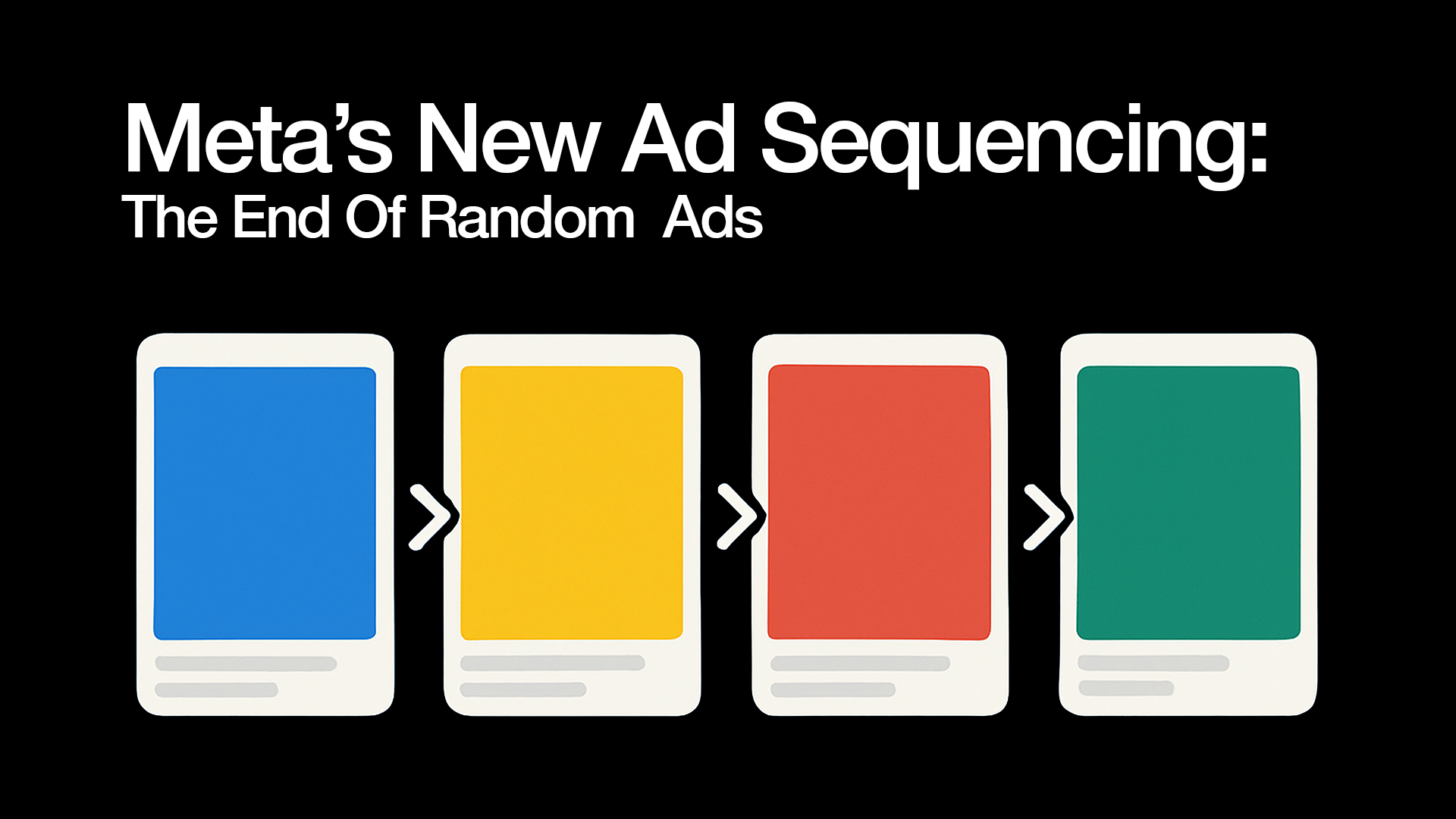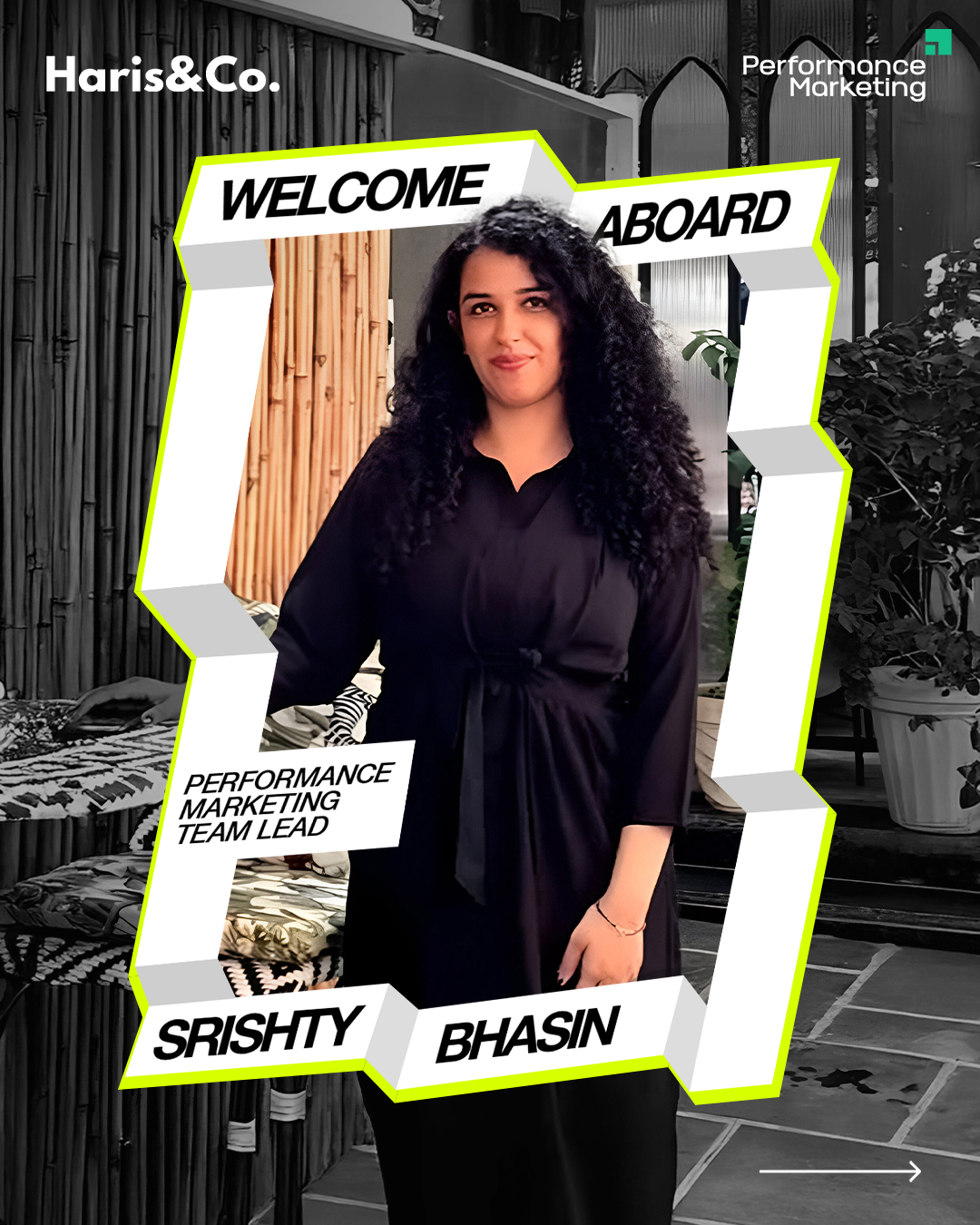In an online world where over 8.5 billion searches are made on Google every day, standing out on search engines is no longer optional, it’s essential. That’s where SEO, or Search Engine Optimization, comes in.
This blog breaks down what SEO is, how it works, why it’s crucial for businesses of all sizes, and how our team at Haris&Co. has delivered real, measurable results through strategic SEO practices.
What is SEO?
Search Engine Optimization (SEO) is the process of improving a website’s visibility on search engines like Google. The goal is to rank higher in search results for relevant keywords, thereby increasing the quantity and quality of organic (unpaid) traffic to a website.
Types of SEO
When it comes to helping your website rank better on Google and attract the right audience, SEO (Search Engine Optimisation) plays a key role. There are three main types of SEO, and each focuses on different aspects of your website’s visibility.
-
On-Page SEO
This is all about what’s on your website — the words, images, and how everything is structured. It’s like decorating a room so guests (and Google) enjoy being there.
Key elements:
- Content: Writing blog posts or product descriptions that include keywords people search for example, a blog titled “10 Tips for Beginner Photographers.”
- Meta Tags: Short descriptions and titles that show up on Google search results. These need to be clear and inviting.
- Headings (H1, H2, etc.): Structuring content with headers makes it easy for both readers and search engines to understand.
- Image Optimisation: Using proper file names, sizes, and ALT text (descriptive text for images) to help with loading speed and accessibility.
- URLs: Clean, readable web addresses
2. Off-Page SEO
This involves activities done outside your website to improve its reputation and authority.
Key elements with examples:
- Backlinks: If a tech blog links to your online store that sells gadgets, it boosts your site’s credibility.
- Social Sharing: When people share your infographic or article on social media — like a Pinterest board about home décor linking back to your DIY blog.
- Mentions: Being referenced in online articles, forums, or directories, for instance, a news outlet quoting your business in an industry roundup.
3. Technical SEO
This is all about the infrastructure and behind-the-scenes setup of your website, helping search engines crawl and index it efficiently.
Key elements with examples:
- Site Architecture: A site with a clear menu and internal links, so users (and Google) can easily move from the homepage to product pages.
- Page Speed: Ensuring fast load times, for example, compressing images and removing unnecessary scripts to make a page load in under 3 seconds.
- Mobile-Friendliness: Making sure your site is easy to use on a phone or tablet — buttons should be clickable, text should be readable.
- Crawlability: Ensuring search engines can access all important pages, like submitting a sitemap and fixing broken links or redirects.
- HTTPS: Using a secure connection (SSL certificate), which is now a ranking factor on Google and builds trust for e-commerce sites.
SEO drives over 1,000% more traffic than organic social media. Clearly, the return on investment is significant when executed correctly.
How SEO Works
SEO is the process of improving your website so that it ranks higher in search engine results, like Google, when someone searches for a relevant topic.
Step 1: Crawling
- Search engines use bots (also called crawlers or spiders) to scan web pages.
- These bots gather data about the site’s content, structure, and links.
Step 2: Indexing
- The information from crawling is stored in a massive database known as an index.
- This index allows search engines to retrieve and display relevant pages when a search is made.
Step 3: Ranking
- When a user searches for something, the search engine checks the index for the most relevant results.
- It uses complex algorithms that evaluate content relevance to the query, website trustworthiness (e.g., backlinks from reputable sources), usability (e.g., mobile-friendliness, speed)
SEO’s Role
- SEO ensures your website matches these ranking factors by:
- Using relevant keywords
- Creating high-quality, valuable content
- Optimising website speed and mobile usability
- Gaining backlinks from trusted websites
Outcome
A well-optimised site is more likely to appear higher in search results, bringing in more visibility and traffic.
Key Components of SEO:
- Keyword Research
Identifying high-value keywords with strong search intent. - Content Optimisation
Crafting relevant and high-quality content. - Link Building
Earning backlinks from reputable sites to build domain authority. - Technical Audits & Fixes
Addressing broken links, improving site speed, and ensuring mobile usability. - User Experience (UX)
Improving website navigation, reducing bounce rates, and increasing time-on-site.
As per BrightEdge, 68% of online experiences start with a search engine, highlighting SEO as a crucial gateway for customer acquisition.
Why SEO is Important in Digital Marketing
SEO isn’t just about traffic, it’s about targeted visibility. The people who find your website through search engines are already looking for the products, services, or information you offer. That makes them highly qualified leads.
Key Benefits:
- Cost-Effective: Unlike paid ads, visitors can keep coming to your website without you having to keep paying for it.
- Credibility & Trust: Ranking on the first page of Google builds consumer trust.
- Competitive Edge: Businesses that invest in SEO outperform those that don’t.
- Long-Term ROI: SEO builds momentum over time, offering sustainable results.
Research from Databox indicates that 70% of marketers see SEO as more effective than pay-per-click advertising for long-term growth.
SEO in 2025
In 2025, SEO is all about quality, relevance and user focus. Google emphasizes “helpful, reliable” content created to benefit people, not to game rankings.
In practice, this means high-quality content that satisfies searcher intent, fast pages that offer a great experience, and even new strategies for AI-driven search results.
Modern SEO now spans text, video, and voice, and uses AI tools – but core principles like trust and relevance remain crucial
-
AI-Optimized Content and Generative Search
Search is quickly evolving to include AI-powered answers such as Google’s AI Overviews and chatbots. Modern SEO often includes strategies like AI-Optimised Content or Generative Engine Optimisation, where content is created in a way that AI tools can understand and use directly.
For instance, Google’s AI summaries now appear on many search results pages—covering nearly 20 percent of all queries by late 2024. This means your content should be structured to suit these featured answers.
Experts suggest writing clear and direct responses using bullet points, step-by-step guides, and FAQ formats that AI systems can easily pick up. It can also help to split a large topic into smaller, focused posts, each answering one specific question.
At Haris&Co., we achieved a feature in AI overview for “packaging machine manufacturers in India” by GEO strategy for a high value keyword in the packaging industry.
-
YouTube SEO and Video Content
Video remains a top way people search and learn. YouTube is essentially the second-largest search engine, and optimized videos can boost your visibility on both YouTube and Google.
For example, SocialBee notes that optimized YouTube videos can appear in YouTube search results, in recommendations, in Shorts, and even in Google’s own search results.
-
Voice Search Optimization
More people are using voice assistants like Alexa, Siri, and Google Assistant. This means your content should answer natural, spoken-style questions like “How do I bake a chocolate cake?” instead of just short keywords.
-
Content Quality & Google’s E‑E‑A‑T
Google’s guidelines stress E‑E‑A‑T (Experience, Expertise, Authoritativeness, Trustworthiness).
In practice, this means your content should demonstrate knowledge and trust. Google’s systems “prioritize content that demonstrates aspects of experience, expertise, authoritativeness, and trustworthiness”, especially for sensitive topics (health, finance, etc.)
-
User Intent and Engagement
Ultimately, SEO in 2025 is shaped by user behavior. Matching user intent and keeping visitors engaged are more important than ever. As Backlinko observes, “Matching search intent has always been a big ranking factor. But now it’s an absolute must.
If users don’t find what they expect (for example, they click a link for product reviews but see only a product landing page), they’ll bounce – which signals to Google that the content isn’t satisfying the query.
By focusing on the real needs of searchers and providing great user experience, you align your SEO with how Google’s evolving algorithms work. In 2025, successful SEO means being the best answer – whether that’s through AI-powered search results, engaging videos, or simply a fast, trustworthy website.
Real SEO Results by Haris&Co.
At Haris&Co., our SEO team focuses on delivering impact, not just rankings, but tangible business outcomes. Here’s how we’ve helped clients across industries:
-
Driving Traffic & Conversions for a Qatar-Based E-Commerce Client
Our SEO team generated over 10,000 organic call clicks for a Qatar-based e-commerce client, boosting visibility and engagement significantly.
-
Dominating Competitive Search Terms for a Machine Manufacturing Client
Through effective on-page, off-page, and technical optimisations, we successfully ranked a machine manufacturing client from India in the top 5 positions for the highly competitive keyword “cup sealing machine.”
-
Closing High-Value Deals Through SEO for a Client
Our SEO strategies played a crucial role in securing an order worth over 16 lakhs for one of our clients, demonstrating the power of effective SEO in driving revenue.
-
Generating Significant Revenue for a Stationery Store in Qatar
Last month, our SEO team helped an office stationery store in Qatar generate over 20,000 QAR in revenue through targeted optimisations and strategies.
-
Securing Prime Search Rankings in the Roofing Industry
By focusing on critical keywords, we secured top Google search rankings for a client in the rainwater gutter industry, driving increased visibility and leads.
Final Thoughts
SEO is not just a digital marketing tactic; it’s a growth engine. It brings long-term visibility, credibility, and revenue when done right. In a competitive digital landscape, being invisible on Google is being invisible to your customers.
If you’re ready to boost your rankings, drive qualified traffic, and grow your business organically, partner with our SEO experts at Haris&Co. Let’s turn your search presence into business success.
Contact us today to schedule your free SEO consultation.
Pages You May Like:
Digital marketing agency in Kerala | Digital marketing agency in dubai | Digital marketing agency in sharjah | Digital marketing agency in abu dhabi | SEO company in kerala | SEO company in dubai | SEO company in sharjah | SEO company in abu dhabi







